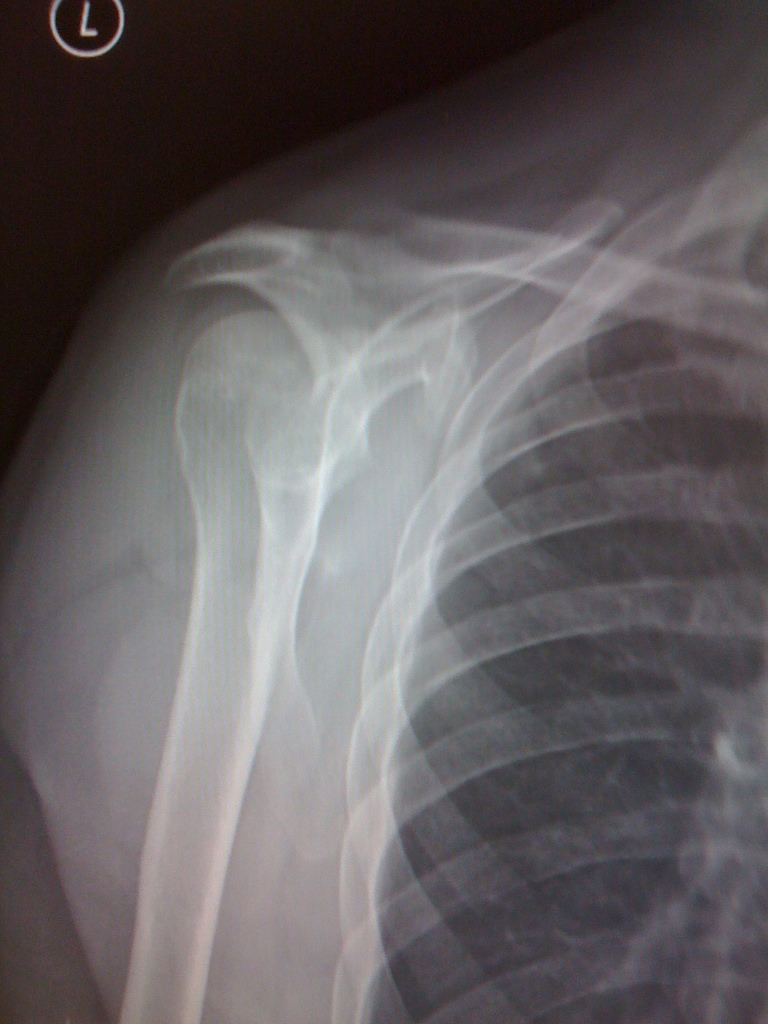Imagine for a second, if all of a sudden, you weren’t able to brush your teeth in the morning, or maybe you struggled to lift your bowl of cereal to your mouth. These everyday activities, which we take for granted, are compromised with an injury to the shoulder. More specifically, a rotator cuff tear can weaken your shoulder and impair your ability to move your arm.
The rotator cuff is a group of tendons that connect the muscles of your upper shoulder to the top of the humerus, your upper arm bone. These tendons and muscles form a “cuff” that hold your arm in place and allow it to move. Too much stress on your rotator cuff can cause a partial or complete tear of the tendons. Some ways you can injure your rotator cuff include falling on your arm or lifting heavy objects. In addition, repetitive stress on your rotator cuff tendon can cause it to slowly wear down. Most rotator cuff tears occur as you age due to ordinary wear and tear. For example, baseball pitchers and tennis players are especially at risk because they repeat the same motions over and over.
Image Source: MoMo Productions
Symptoms you may feel after a rotator cuff tear include pain and tenderness in the shoulder, difficulty rotating it, and snapping sounds with certain movements. Treatment involves non-surgical and surgical options depending on the severity of the tear. Your doctor will determine the extent of the injury through a physical examination, X-ray, or MRI. In most cases, non-surgical options can lead to a full recovery by resting your shoulder, icing it, or physical therapy. However, if pain and weakness persist, surgery will be required. This involves reattaching your rotator cuff tendon back to the top of your humerus.
If you experience a rotator cuff tear, stay calm, and remember to seek out your doctor and get plenty of rest. Take your recovery process slowly and be sure not to rush back to regular activity.
Feature Image Source: shoulder by M C Morgan










